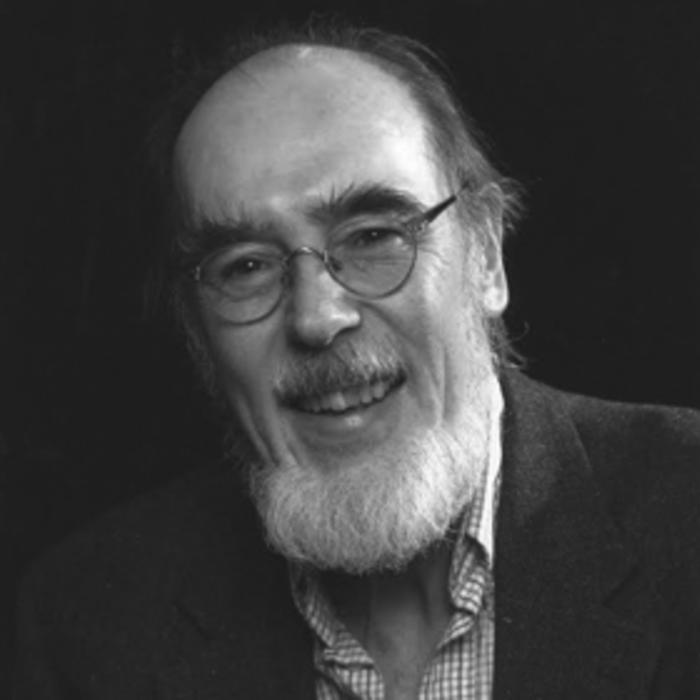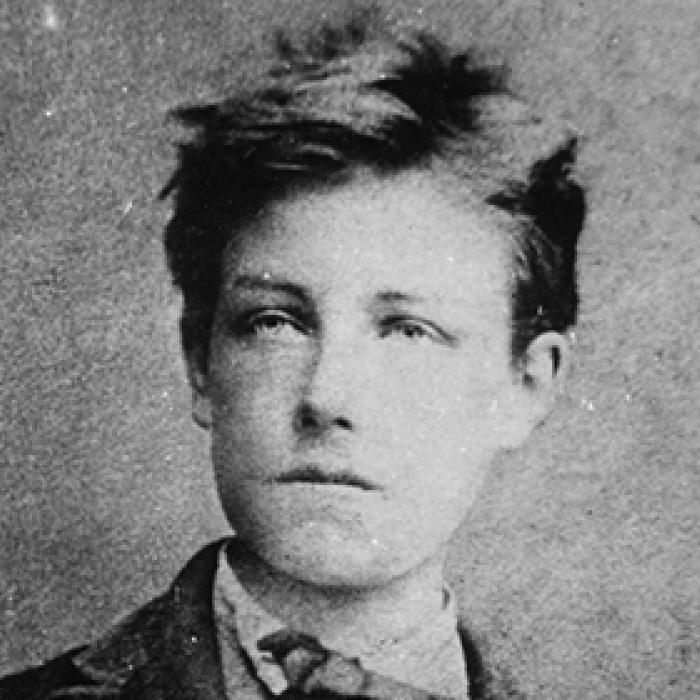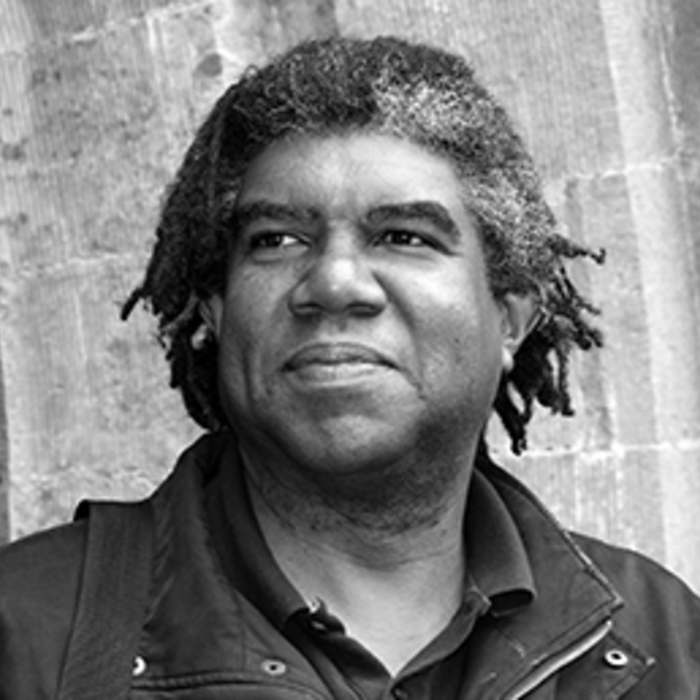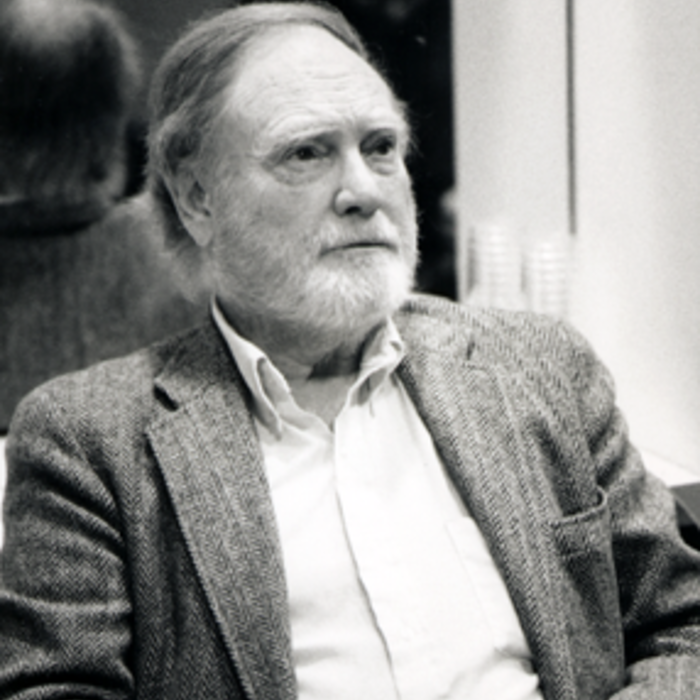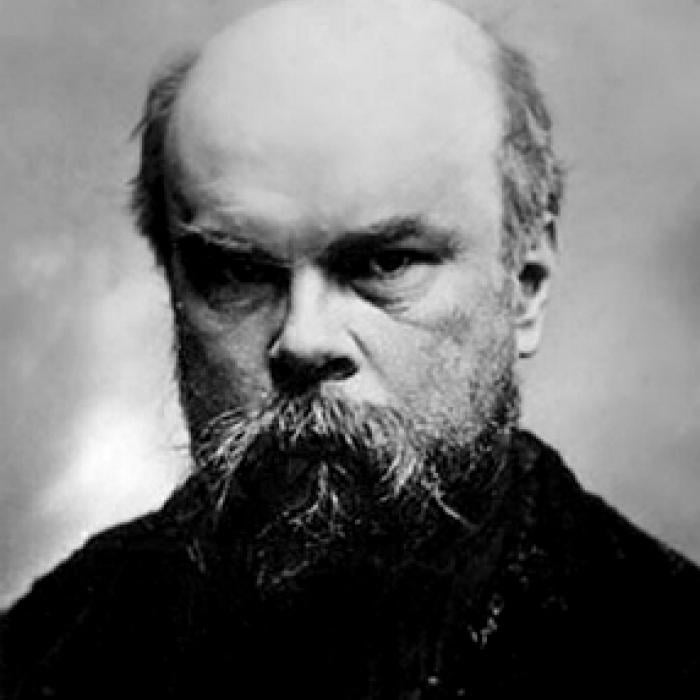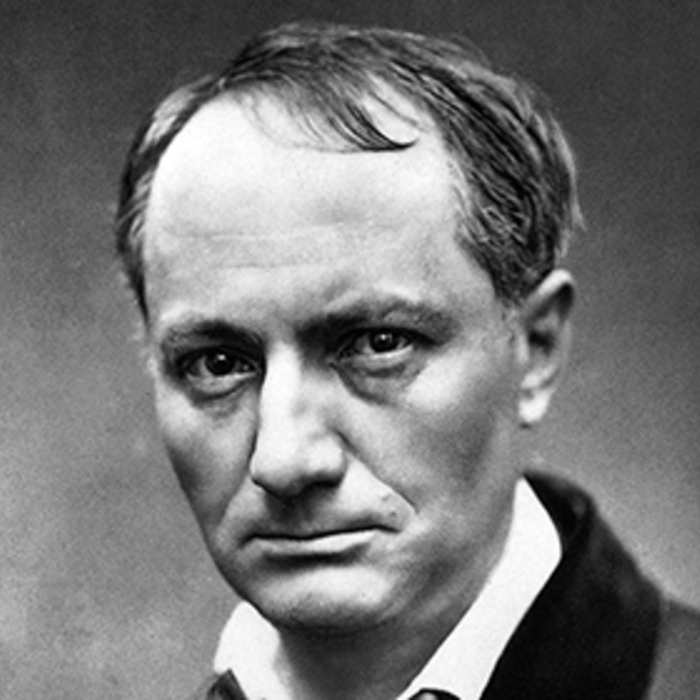Stéphane Mallarmé
Etienne (Stéphane) Mallarmé was born on March 18, 1842, in Paris. He was the son of Numa Mallarmé, a civil servant, and Elisabeth Desmolins.
Mallarmé did not follow his father’s or grandfather’s paths of civil servitude, instead excelling at languages and writing often, influenced by poets Victor Hugo and Charles Baudelaire. Mallarmé received his baccalaureate in 1860 and went on to publish his first poem “Placet” in the French magazine Le Papillon in 1862. He pursued further studies in London to improve his knowledge of English. In 1863, he married German governess Christina “Maria” Gerhard and obtained his certificate for teaching English. He and Maria traveled to Tournon where he taught in a provincial secondary school. In 1864, Maria gave birth to their daughter, Genevieve. Mallarmé’s teaching career took him to Besancon, Avignon, and back to Paris again until he retired in 1893.
One of Mallarmé’s most well-known poems, L’Aprés Midi D’un Faun (The Afternoon of a Faun) (1865), inspired Debussy’s tone poem (1894) of the same name and was illustrated by Edouard Manet. Among his other works are Hérodiade (1896) and Toast Funèbre (A Funeral Toast), which was written in memory of the author Théophile Gautier. Mallarmé’s later works include the experimental poem Un Coup de Dés (1914), published posthumously.
Besides his own writings, Mallarmé was well-known for his Tuesday evening salons at his home on the Rue de Rome in Paris. These gatherings were a hub of Parisian intellectual life and attracted the likes of writers André Gide, Paul Valéry, Oscar Wilde, Paul Verlaine, Rainer Maria Rilke, and W. B. Yeats, the painters Pierre Auguste Renoir, Claude Monet, Edgar Degas, Odilon Redon, and James Abbott McNeill Whistler, as well as the sculptor Auguste Rodin, among others. Those who attended became known as Les Mardistes, derived from the French word for Tuesday.
In the 1880s, Mallarmé was at the center of a group of French writers including Valéry, Andre Gide, and Marcel Proust. Mallarmé referred to their group as The Decadents, a comment on their bohemian lifestyles. He and Valéry, following Baudelaire, would later become known as two of the leaders of the Symbolist movement in poetry. While French poetry had traditionally held fairly strict conventions of rhyme, meter and theme, Mallarmé and his contemporaries departed from these traditions, employing condensed figures and unorthodox syntax. Mallarmé’s work was often termed as difficult or obscure. His later works, including Un Coup de Des, explored the relationship between content and form, between the text and the arrangement of words and spaces on the page.
Mallarmé died in Valvin, Vulaines-sur-Seine on September 9, 1898, before finishing what he called his “Grande Oeuvre.”

